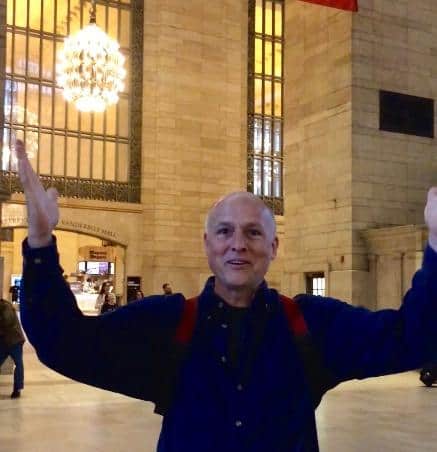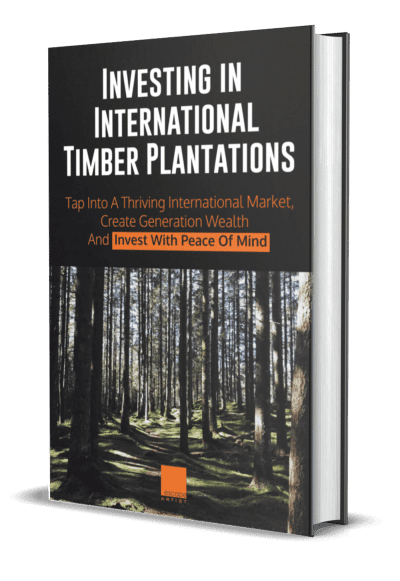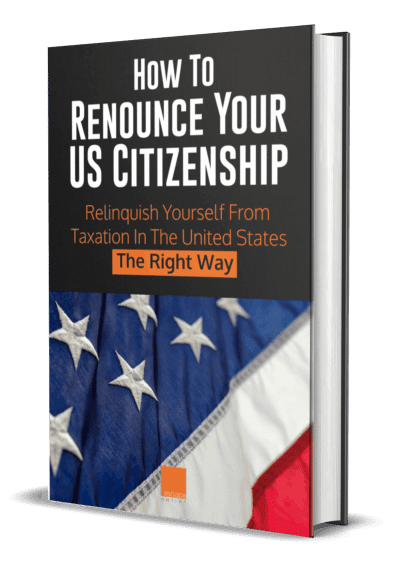Panama and the Special Nations Visa
Panama remains a powerhouse in the offshore world. The top reasons are:
- Panama is safe, with crime rates lower than most major U.S. cities.
- Panama is close to the U.S. Airlift is excellent from both North and South America. It is also an excellent hub for European travelers and a perfect gateway to the Americas. Flights to Los Angeles, New York City, Toronto, Buenos Aires, and Santiago, Chile, are all equidistant at just 6 hours each.
- Panama’s IBC and LLC laws are basically the same now, merged in terms of format and requirements, making corporate formation and the compliance rules generally consistent.
- Banking is possible for U.S. Citizens, albeit more challenging in a post-FATCA world, but still possible. Some, but not all, banks offer accounts to U.S. citizens.
- And perhaps, finally, Panama’s Special Nations Visa makes gaining and maintaining a residency there simple, easy, and affordable. For the Escape Artist 2nd Residency Through Teak Ownership guide, Click Here
Despite the bad press and impact on people who were bobbing, weaving, and hiding from their home jurisdictions, Panama remains popular as an offshore jurisdiction. Please note, there were important changes to the IBC and LLC laws recently, so please see the important update later in this article on a new law, active this year, that impacts corporate structures. If you have a Panamanian corporation, you’ll want to stay in compliance. Also, look for a brief update on the Special Nations Visa below and a video challenge you may enjoy.
Having lived in Managua for 14 years, I traveled the route to Panama frequently. I always asked for a window seat, because the views are spectacular. Flying into Panama from Managua is an hour and 10-minute direct flight on Copa Airlines. Depending on the time of year, the views from the plane are spectacular, especially if you sit on the right-hand side.
As soon as you are airborne out of Managua, you receive impressive views of the smoke-spewing Volcán Masaya. Then you fly just to the east of the 490-year-old colonial city of Granada with its many cathedrals visible from the air, followed by 120 miles of lake Nicaragua with the figure 8 shaped Ometepe Island and the two volcanoes anchoring the “8s”. Then you pass over Nicaragua’s border with its southern neighbor Costa Rica, the Rio San Juan.
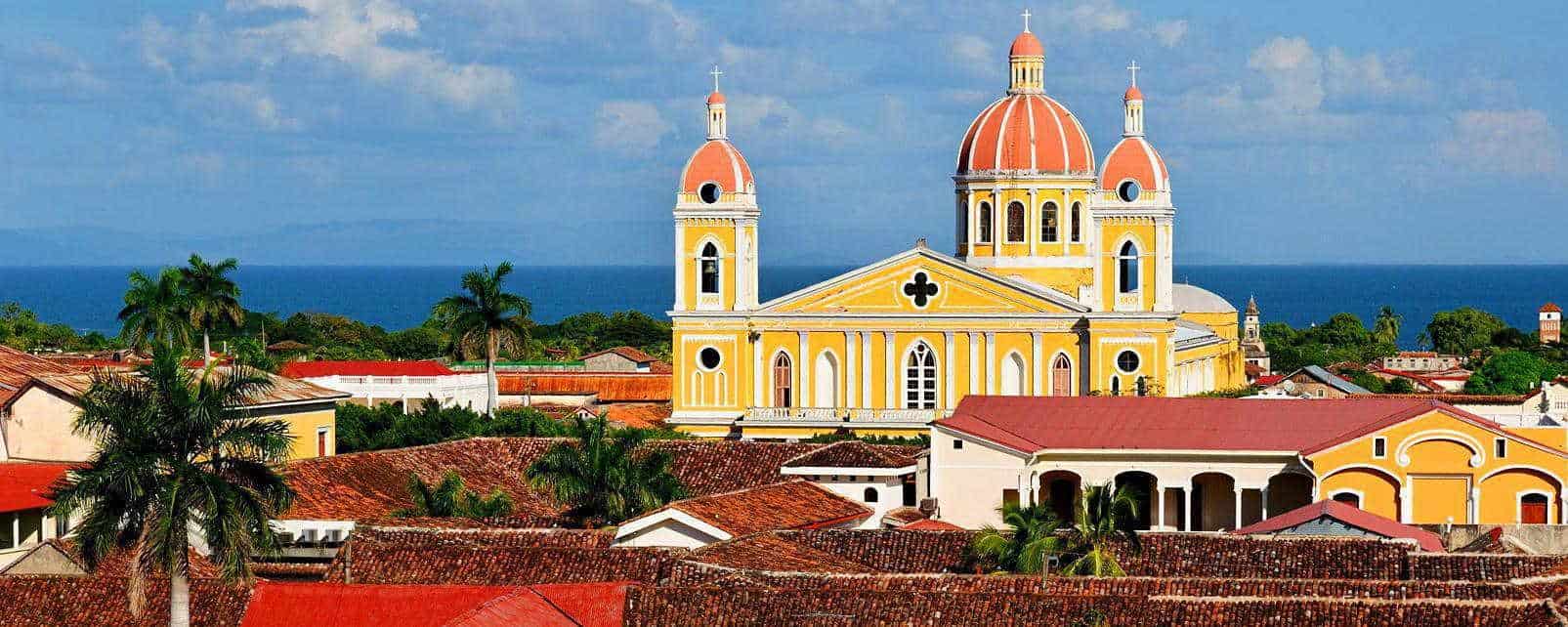
Granada, Nicaragua founded in 1524
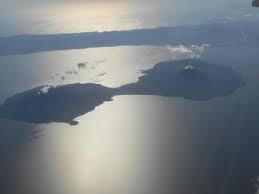
Ometepe Island in Lake Nicaragua
An interesting aside about the Rio San Juan. In the 1850s, the river was the primary route for U.S. Mail going from the east coast of the United States to California. Because Vanderbilt’s captains feared his wrath, no one would be the first to run a steam ship up the river through the rapids, so the old man traveled down to Nicaragua and piloted the first ship up the river himself.
Cornelius Vanderbilt’s steamships would ferry the mail from NYC to Greytown at the mouth of the Rio San Juan River, pause briefly to re-supply, then run the rapids up the river and into Lake Nicaragua. They would port in San Jorge on the lake’s west coast and passengers headed for the California gold fields – and the mail would travel by foot, horse, carriage, and wagon to the small harbor town of San Juan del Sur and board another of Vanderbilt’s steam ships for the passage north to San Francisco. The entire journey took only 35 days.
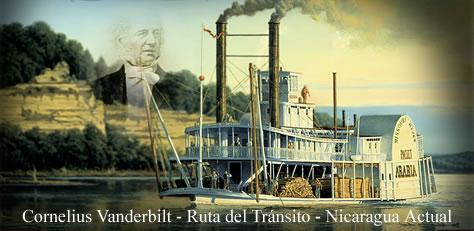
When the Nicaraguans had trouble with the renegade William Walker who took over the country for a couple years, and actually declared Nicaragua one of the slave states of the United States, it was Cornelius Vanderbilt’s ships and men that ferried supplies to the Nicaraguan army. This logistical support helped to drive William Walker out of Granada and put him on the run, to eventually be set up against a tree in Trujillo, Honduras, and shot. Friends of mine, Bill and Penny, lovingly restored and now actually live in one of the few homes spared from William Walker’s ravages in Granada because his girlfriend lived there. It is a spectacular home rehabilitated to its 1800s glory.
Experience the Insider community that takes your international lifestyle to the next level. Download your FREE guide
"18 Steps to Implementing Your Plan B" instantly!
Vanderbilt went on to build Grand Central Station in New York City, railroads across the United States, and controlled a lion’s share of the transportation links for the country in the 1880s. But he also decided to build his major university namesake in the home of William Walker, Vanderbilt in Memphis Tennessee, just to spite him.
Even Mark Twain took one of Vanderbilt’s steamships back from California to New York across Nicaragua in 1866. His travels are preserved in a 1940 compilation of letters called, “Travels with Mr. Brown.” These letters describe the journey, including outbreaks of Cholera, crossing the lake, and the ride down river to Greytown.
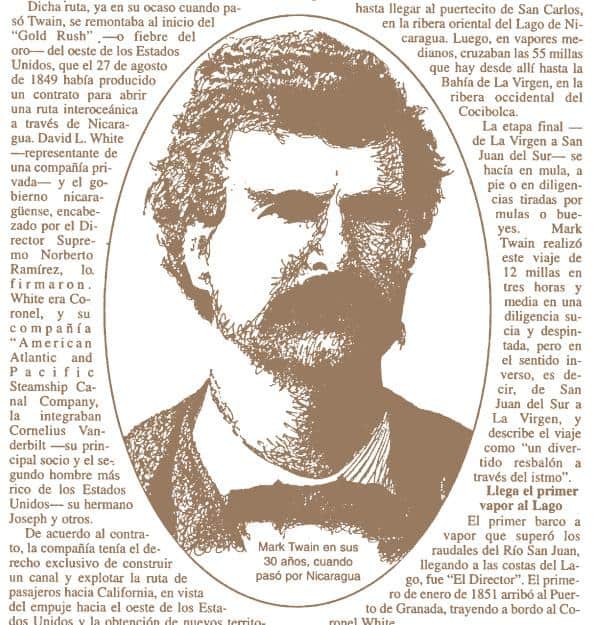
Mark Twain at 30 when he visited Nicaragua
Vanderbilt’s Grand Central Station and my 20-second video
As the plane flies south out of Nicaraguan airspace, you pass over a lot of jungle and see the port city of Limon in Costa Rica. The lowlands of Costa Rica are covered with miles and miles of banana, citrus, and pineapple production, ending in the town of Cahuita on Costa Rica’s southeastern border. It is there that Panama starts with a view of the magnificent islands that make up the Bocas del Toro archipelago.
The island region consists of nine principal islands, Colon with the airport and major town, and Bastimentos a short boat ride away, are central for residential development and the resort of Red Frog. The resort is named for a tiny red frog, imagine that, which lives under the leaf litter of the lowland island rainforest. A host of 300 other tiny islands dot the seas, those on the Atlantic side creating the waves famous for surfing in Bocas del Toro, and those on the inside nesting hidden coves and jungle beaches perfect as private getaway spots.
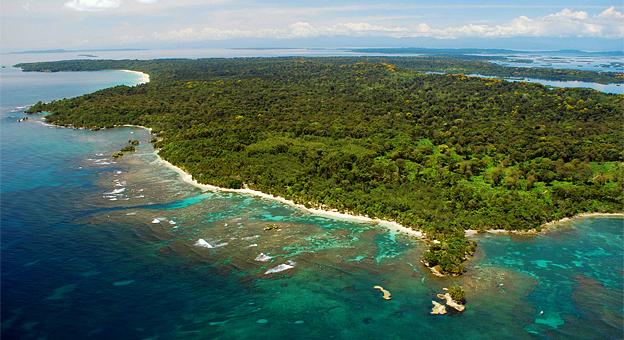
One of the 300+ Islands in Bocas Del Toro
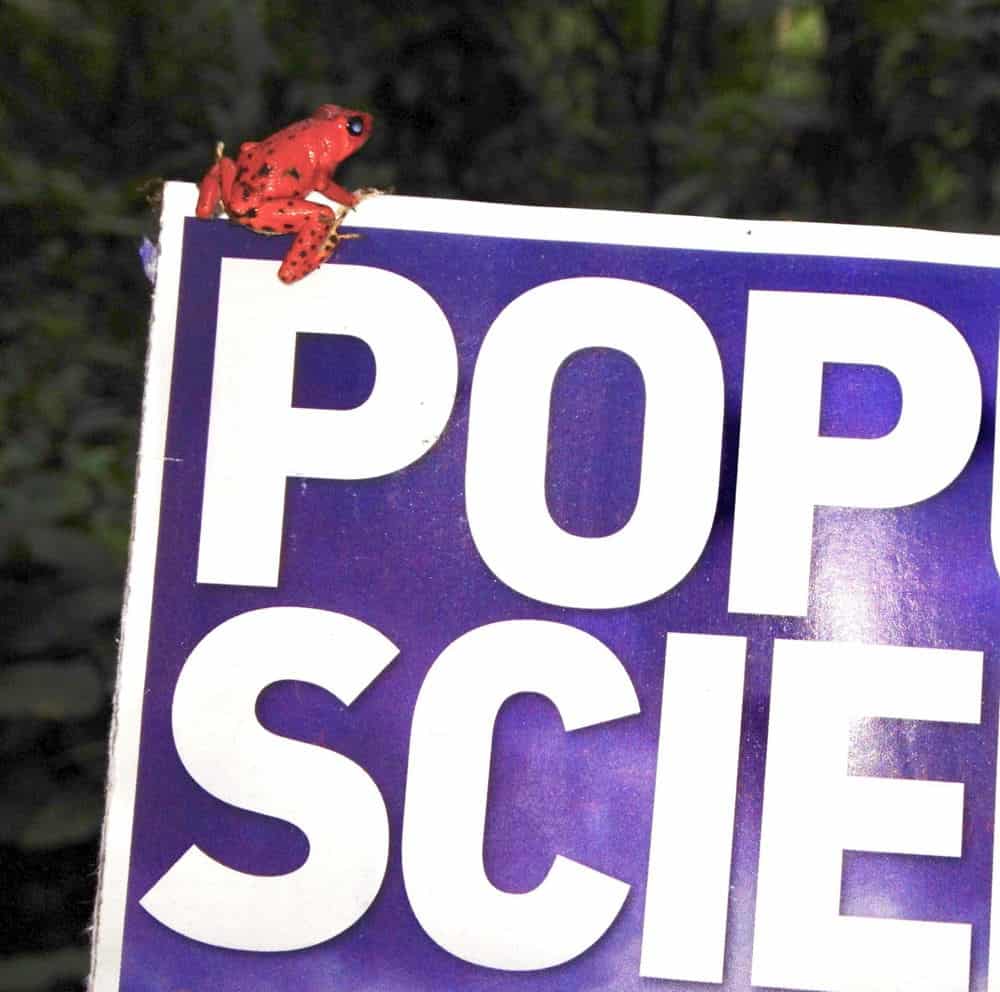
Red Frog on my Popular Science Magazine
In the distance beyond the islands, is the ridge of volcanoes on Panama’s border with Costa Rica, including the only active crater in Panama, Baru. On the other side of these tropical volcanic highlands are the expat havens of Boquete and Volcan. Nestled in high cloud forest valleys amidst coffee plantations, these two towns have become Panama’s springtime-all-the-time retirement locations with average daytime temps hovering just over 75 degrees Fahrenheit year-round.
The first thing that many may notice flying over the region is the vast stretches of jungle and forest. It’s incredible and truly a treasure of biological diversity. The ecosystems remain largely untouched by human hands, and this is a result of forward-thinking policies that promote an active and engaged economy. And they should stay that way.
I enjoyed the opportunity to explore the Atlantic coastline a few years back by helicopter and see what opportunities for tourist development were possible. Having been criticized over the years for “destroying the pristine beaches” by eco-extremists, it is important to know that poverty is the single largest degrader of the environment. The preservation of the natural world is critically important. But population pressures demand resources, and the poor with few skills other than subsistence farming put the greatest pressures on the land and environment.
Madagascar is a horrible example of what happens to a country when poverty and population pressures overrun a country and destroy the natural state. When families have jobs in a service industrial and postindustrial society, the need to slash and burn virgin jungle to feed your family is removed. Panama has taken another tract, a far more progressive path toward prosperity and the preservation of its wild lands.
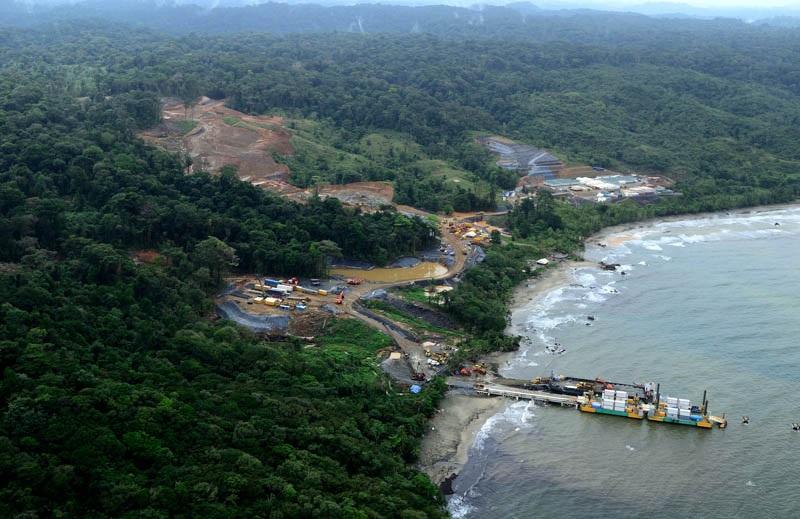
Gold Mine: Carving out a small piece of jungle, Panama protects large areas for biodiversity and preservation of native habitat.
Panama’s path is one of planned, focused economic development. Within the bounty of economic growth are the foundations of sustainability without the ongoing and perpetual need to depend on donations and the good will of outsiders for the protection of the environment. Concentrated development of industry, tourism, and mineral extraction permit the larger parts of the land to remain undisturbed. Why bother the poisonous snakes, spiders, and large cats of the jungle if you don’t have to?
As one gets closer to Panama City, the signs of life are easier to see. Slowly, the jungle gives way to cattle pasture and small farms spread out in the rolling hills. Eventually villages cluster homes around a small square or fields where you can see the paths of footfalls tracing out a baseball field and the distance between the bases. There are poultry farms and highly defined agriculture, specialty products such as sugar and coffee.
The Panamanians have made huge investments into infrastructure during the past 2 decades. And not just the $5.4 billion widening of the canal with a 3rd lane. Subway systems, multi-lane highway systems, and bridge building have all been at the forefront of development and infrastructure improvement. To see the payoff, one only needs to look at Europe as a great example of sunken cost and the long-term benefit of investments into infrastructure.
Riding the train from Rome to Siena this summer, I marveled at how many tunnels exist in this 3-hour train ride. Building these holes through hills required huge one-time costs, with required upkeep, of course, but the investment to flatten and straighten the rail lines took billions of dollars and decades of time. But this investment will pay off for centuries. I’m not smart enough to figure out how to amortize this, but I’m guessing it’s pennies per person on the 150-year life cycle (so far) and number of consumers who benefit from the faster, cheaper, and more efficient transportation of people and goods.
I also remember flying out of Madrid a few years ago. Spain is a very dry country, but looking down you could see that just about every farm has built a pond or lake to store water. Here was a way to catch water in the rainy season and save it for as long as it lasts. Yes, a moderate upfront cost per farm, but collectively millions, if not billions, of euros in the making. But once made, the payoff continues for generations.
This type of investment is exactly what Panama has done, is doing, and will continue to do, ensuring the viability of the economy – and with a strong middle class, the political stability that come with it.
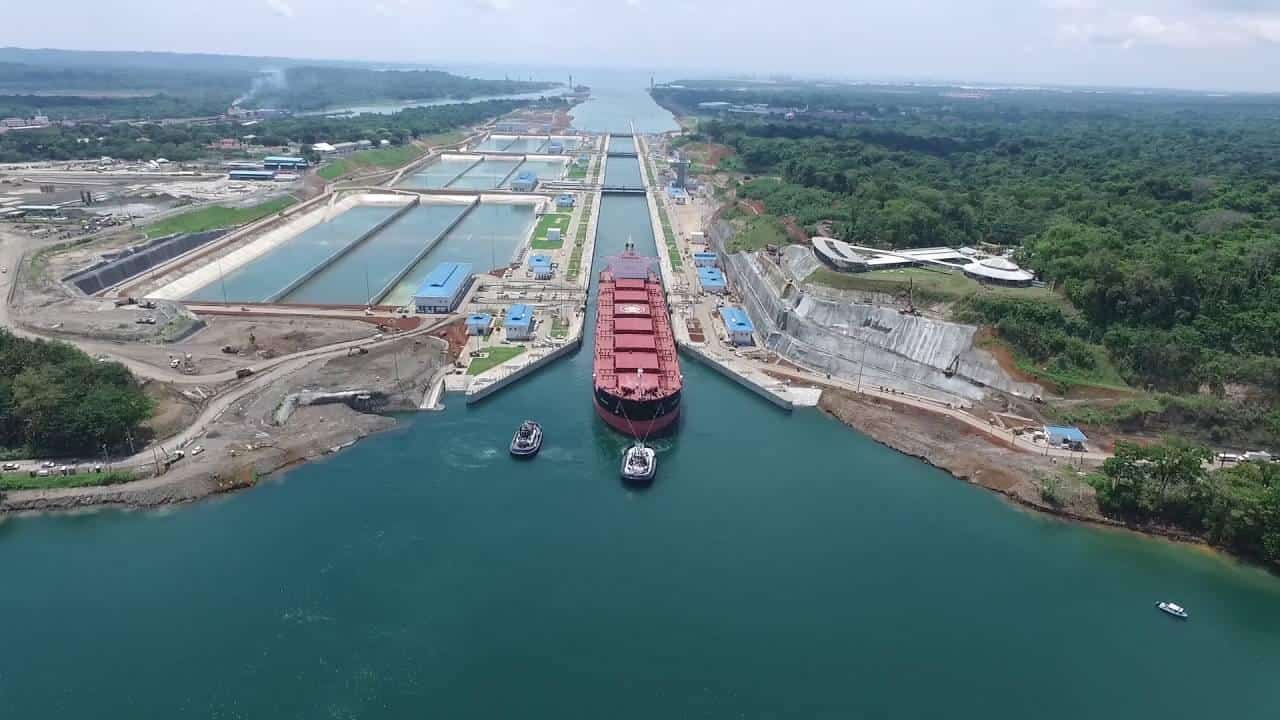
Panama Canal First Transit of New Locks
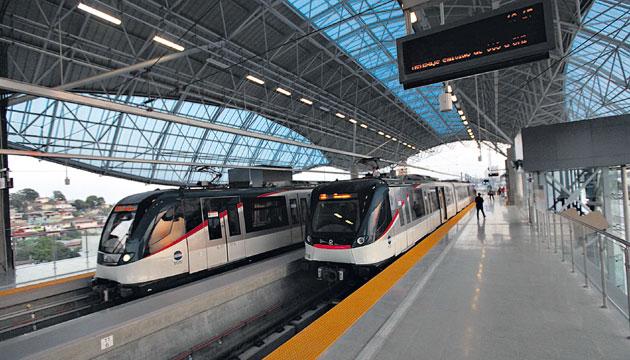
Panama City New Subway with More Lines to Come
Certainly, the Canal is a large factor in the economic success of this country. It generates annual gross revenues of $2.4 billion, with a net of approximately $1.8 billion. Prior to the opening of the 3rd lane, designed to accommodate far larger ships, the net revenues annually were $1.3 billion. This annuity of income into the country was put to good use in the construction of roads, bridges, airports, and a subway system. Infrastructure projects that pay dividends in efficiency and logistical support for centuries.
But additionally, and perhaps even more importantly is that Panama embraced the forward-thinking notion of open immigration. It passed a law in 2012 called the Friendly Nations Visa Program. This law allows citizens of 47 countries to enter Panama and obtain a permanent residency and a work permit. It includes countries like the U.S., Canada, and the EU – but also includes Hong Kong, Monaco, and South Africa. While roads, bridges, ports, and canals are important, people are the key and utilize these “things” to add value and create new wealth for a nation.
Panama recognized that with a population of only 4 million people, it needed more human infrastructure to capitalize on these timely opportunities. They opened the doors for others to come work, live, spend money, invest money, and yes, even take jobs from locals…. for a while. But the wheel spins, and what is a tough time for a few in the short term, becomes wealth for many in the long term, as investment flows in and even more jobs are created in the free market system with open immigration policies.
Panama really did its homework on the special Nations Visa program. They looked around the world and took the best from various countries and crafted perhaps the best residency law in the world. Its primary purpose is to attract skilled workers, investors, and retirees to aid in the economic expansion of the country. However, the policymakers were smart in how they designed the law. It also works extremely well for people not yet ready to move and those who have concerns about political or economic instabilities in their home countries. The residency is easy to get and simple to maintain. It requires only 1 day every two years in-country to keep it active. And it’s a permanent residency, just like a green card in the U.S.
To obtain a residency permit in Panama, the law stipulates that you must:
- Open a local bank account with only $5,000 at time of residency (extra for dependents)
- Own land valued at $10,000 or more, invest in a business, or have a job
- Visit only 1 day every 2 years
How about that? Could it be any easier or more affordable? So how do you make this work in reality? Where is the rubber meeting the road here?
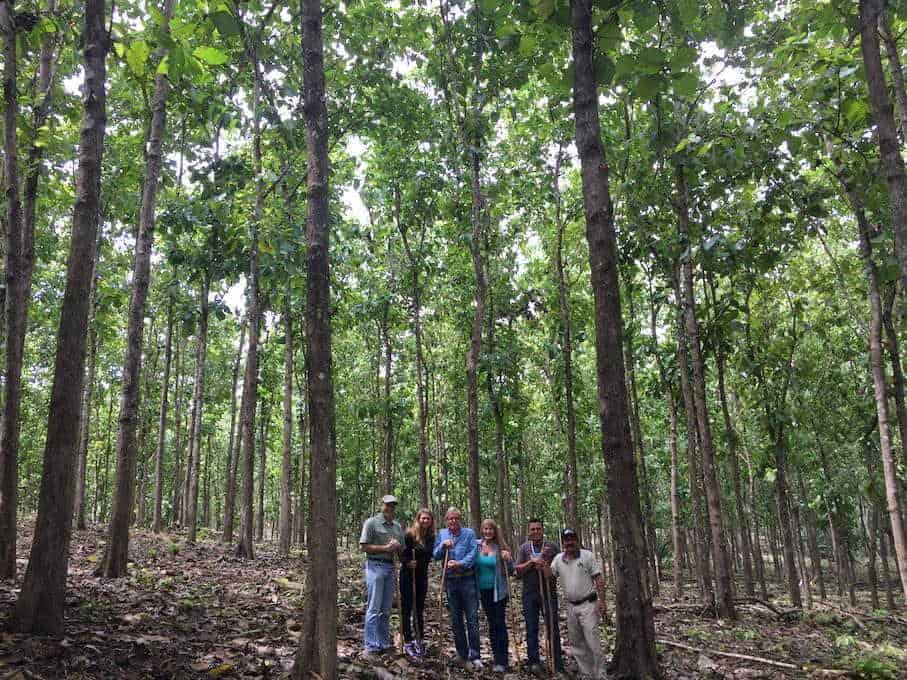
Pairing up Teak plantation ownership with the Special Nations Visa is an affordable, satisfying option for many.
One of the easiest ways to make this happen is to purchase property. But finding a suitable property for under $20k can be difficult, especially if one hopes to have more benefit to the property purchase than just the obtaining a visa. Our company developed a teak parcel program to cover this gap: a second residency in Panama combined with 1000 square meters of mature teak in our plantation. This has become a “Plan B” for many, offering a second residency escape plan for less than $22,000, including all legal fees. Learn more here.
Along that line of thinking, a question I keep asking is one on the video link below. It’s an important question for folks to consider. At conferences, where I speak to hundreds and sometimes thousands who feel like the U.S. is headed for disaster of one kind or another, I ask them (and now I ask you), “How sure are you?”
Do you really believe that the U.S. is headed for a train wreck economically, politically, or both? Really? How sure are you? Talk is cheap and I hear a lot of talk. Walking the walk is a whole different thing. Watch this short, 6-minute video and take the test yourself. The answer you come up with may be surprising and revealing.
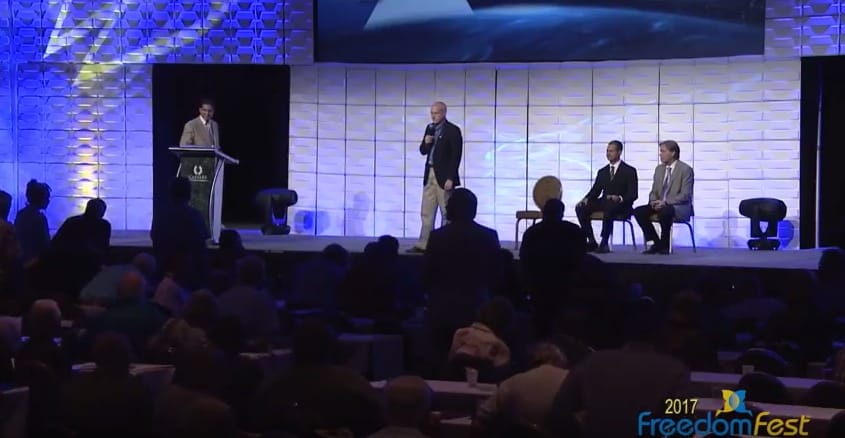 Freedom Fest 2017 Mike Cobb “How sure are you?”
Freedom Fest 2017 Mike Cobb “How sure are you?”
As promised above, if you have a Panamanian corporation, please take note: Law 52 took effect January 1, 2017. There have been some fundamental changes to the laws in Panama as it relates to IBCs and LLCs. If you are looking at Panama as an international jurisdiction for a company or structure, then understanding the new rules are key. The most important change, and the one that impacts owners of basic corporate structures, is the requirement to maintain accounting records. This is mandatory, and failure to do so can result in the suspension of the corporate entity.
So Panama, with a sustained growth rate of 7.61% over the last 8 years, should be on your list to examine. Perhaps a second residency in Panama makes sense, especially if you were one of the many in the room still standing at the end of the quiz. Maybe you like the idea of living in the highlands, and a home in Boquete sounds nice. These are all great reasons to consider visiting Panama and seeing it for yourself.
As you hear me repeat again, and again, nothing beats boots on the ground. Hope to see you in Panama one of these days, perhaps on one of Rachel Jensen’s Teak Tours. She makes a mean PB&J, but they’d be better if she cut the crusts off. Until next time, have a great week.
Here is probably the most extensive ebook on Everything You Ever Wanted To Know About Eliminating Your Taxes, Protecting Your Assets And Regaining Privacy Over Your Life And Investments. It is called The Ultimate Guide To Going Offshore.
Another great article, with tons of information is: The Ultimate Guide To Investing In Teak Wood
 Michael K. Cobb is the CEO and co-founder of ECI Developments which has properties throughout Latin America. He speaks all over the world on international real estate and is a board member of the National Association of Realtors.
Michael K. Cobb is the CEO and co-founder of ECI Developments which has properties throughout Latin America. He speaks all over the world on international real estate and is a board member of the National Association of Realtors.
Like Our Articles?
Then make sure to check out our Bookstore... we have titles packed full of premium offshore intel. Instant Download - Print off for your private library before the government demands we take these down!


